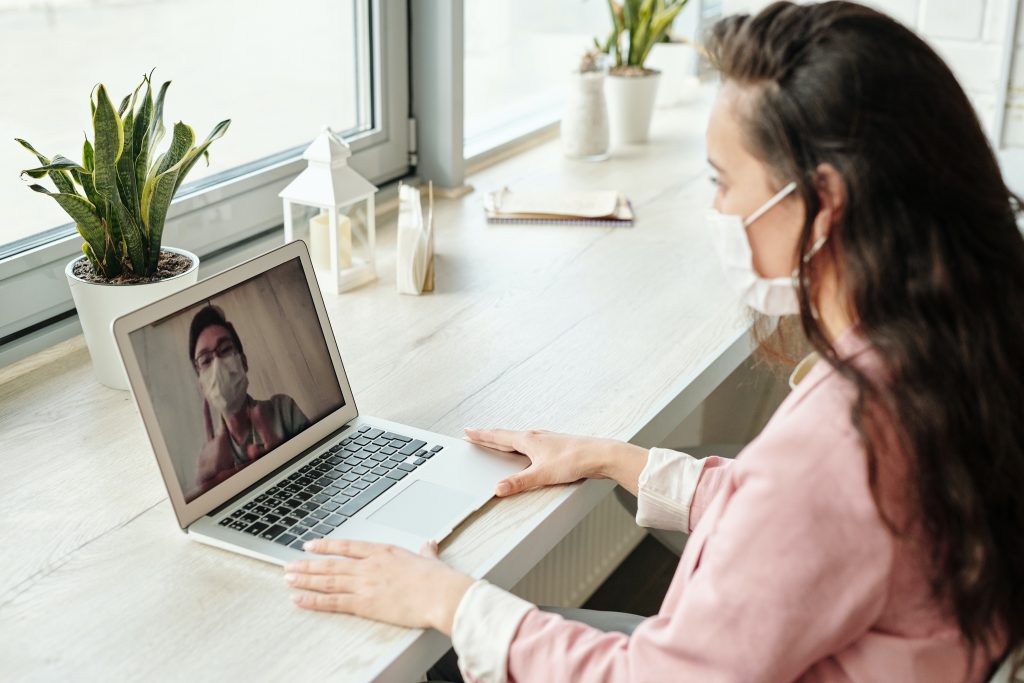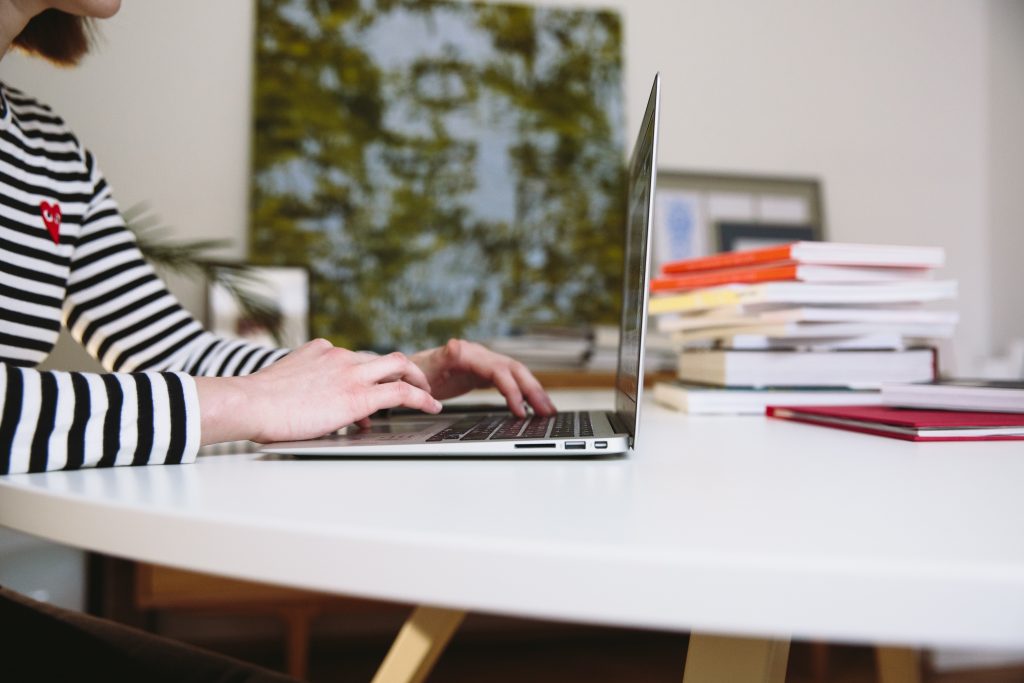Virtual Fatigue | What It Is & How To Beat It

Right now, most work and socializing are done virtually. There are fewer boundaries between work and home, and Zoom has become the standing host for every happy hour, book club, and birthday party in your calendar. At times it can feel like the “person” in our personal life has gotten lost somewhere in a swarm of slacks, filters, and emojis. We’ve been getting more screen time than ever. But have we taken a step back to think about the effect it’s having on our health?
The truth is that this extra time on our devices is causing a universal feeling of Virtual Fatigue.
So, What Does This Really Mean?
Well, first, there’s blue light – the Dr. Jekyll and Mr. Hyde of the digital age. All screens emit blue light which is beneficial during the day because it boosts attention, reaction times and mood. At night, however, it’s a very different story. There are multiple studies that link exposure to blue light at night to a variety of health concerns, most notably, hindering our ability to produce melatonin. This affects our sleep levels, making it more difficult for us to recharge and get a good night’s rest.
According to an experiment conducted by Harvard researchers and their colleagues where they compared the effects of 6.5 hours of exposure to both green and blue light they found that, “the blue light suppressed melatonin for about twice as long as the green light and shifted circadian rhythms by twice as much (3 hours vs. 1.5 hours).”
Right now, we’re absorbing more blue light than we ever have before. We’re removed from the common in-office distractions that would normally grab our attention and provide mental breaks. For a lot of people, getting a workout in now involves following an instructor on a screen. More and more people are turning to virtual shopping to avoid heading into grocery stores and malls. And don’t get us started on virtual happy hours…
But blue light isn’t the only issue.
Most of the cells throughout our body have cortisol receptors, making the production and absorption of this hormone crucial for many functions. Cortisol is often referred to as the stress hormone. “[It] can help control blood sugar levels, regulate metabolism, help reduce inflammation, and assist with memory formulation. It has a controlling effect on salt and water balance and helps control blood pressure.” But the hardships and stress that accompany the pandemic are affecting our cortisol levels. With that, we’re seeing an uptick in symptoms like high blood pressure, lack of sleep, heavy weight gain, changes in the skin, and a rise in anxiety and depression.
Similar results have been found with oxytocin, commonly known as “the feel-good hormone”. As the stay at home order was put in place, our ability to safely touch our loved ones was taken away. And studies show that when people hug one another, their cortisol levels decrease and their oxytocin levels increase.
So, What Do We Do?
1.) TAKE A BREAK
The Harvard Business Review, constantly gazing at your devices with a lack of visual breaks leads to more severe burnout. Even if it means blocking out time on your calendar, it is important to take regular breaks throughout the day to regroup. Take your breaks outside. Enjoy some fresh air and get your blood flowing. These simple breaks will not only improve your mental well-being but also the quality of your work.
2.) SWITCH THINGS UP
A change of scenery can really help you feel refreshed, especially if your new location is filled with sunlight. Make an effort to brighten up your home office to avoid getting buried in a dark, virtual tunnel. Or better yet – if it’s an option – work outside for a few hours.
You could also take up a new hobby… like dog walking or volunteering at an animal rescue shelter. If you can’t hug your loved ones, a furry companion is a great substitute.
3.) PROTECT YOUR SCHEDULE WITH ALL YOUR MIGHT
When scheduling meetings, try to ration out the time spent in front of a screen. Set some goals for yourself each day or turn it into a challenge if you have to. But look at your calendar strategically. Think about how many and what kind of meetings you have per day and look to create balance. When you can swap a Zoom for a phone call and walk while you talk, make it happen. And with every meeting – regardless of the subject matter or medium – create an agenda with real objectives and stick to it. Stay on task, cover all necessary material in a timely matter, and protect whatever time you might be able to keep for yourself.
With the end of our virtual world unknown, it is important to continue to focus on our mental well-being the best we can. Communicating virtually has its challenges, but with the right resources and coping mechanisms, we can continue to be consistent and successful in our work while dodging virtual fatigue.








